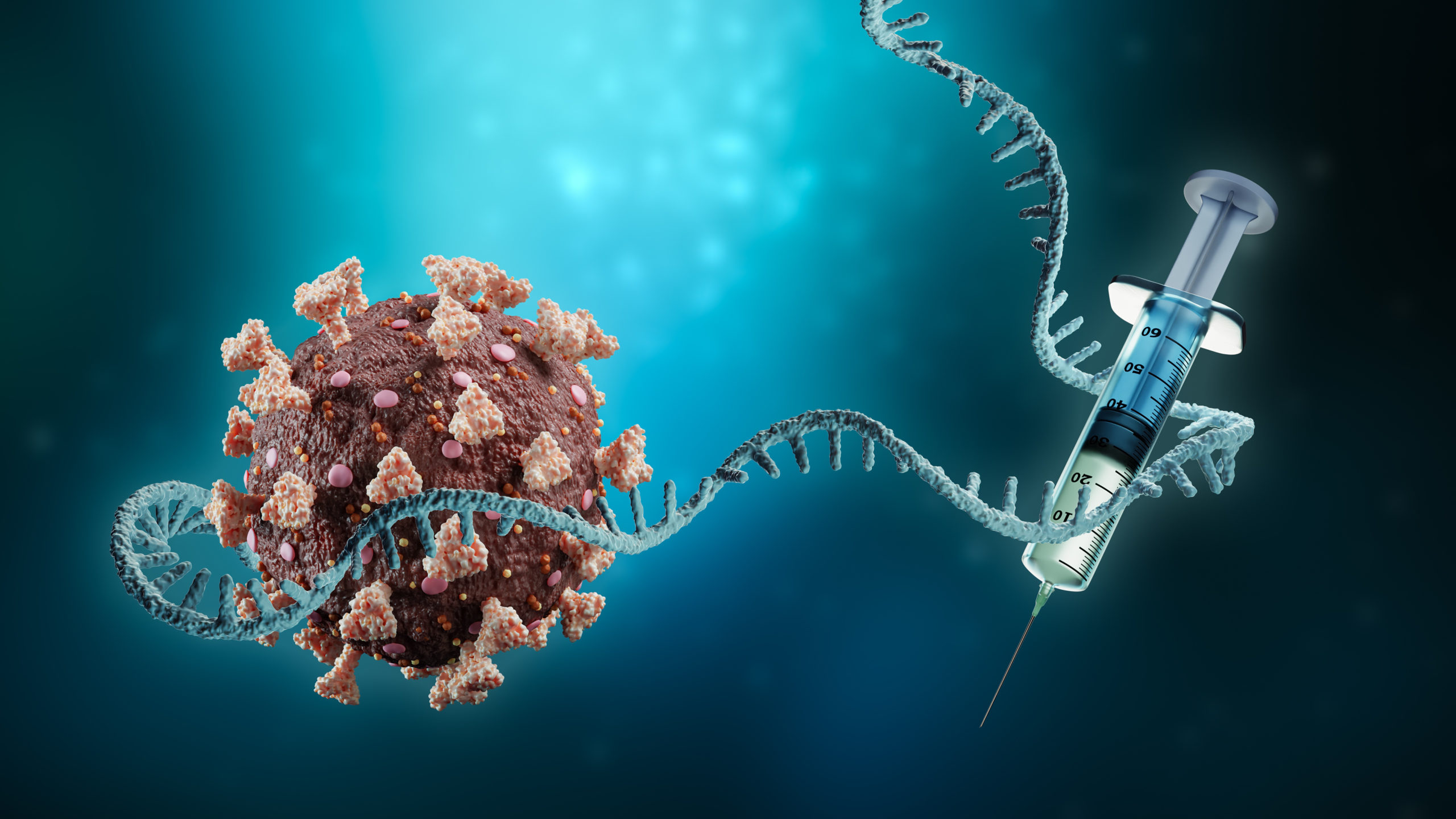
Presently, vaccinations and thus vaccines are a highly topical issue. They can protect people against infectious diseases such as measles and influenza. The basic idea behind vaccines is to induce a reaction of the immune system by means of a modified pathogen or its components, which leads to the development of memory cells from certain cells, they “store” the structure of the pathogen, also called immunological memory [1]. If this immunological memory is already existent during a real infection with active pathogens, it can prevent the disease or at least attenuate its course [1]. Especially today due to the Corona pandemic, vaccines are gaining attention, especially mRNA vaccines. They belong to the large group of gene-based vaccines [2]. The other two “major groups” are probably the best known, live vaccines and inactivated vaccines, which will be discussed further below, as will the mRNA vaccine. In addition, there are subgroups to which belong vector vaccines (gene-based), conjugate vaccines (dead vaccine) and many more [3] [4] [5].
mRNA vaccines
mRNA vaccines contain the mRNA segments (blueprints) for individual components (proteins) of the pathogen. These enter the body cell through vaccination and then the proteins of the pathogen are produced [3]. However, the mRNA does not enter the cell nucleus itself because it lacks the necessary information to do so (the cell’s own DNA remains unaffected). The body reacts to the produced proteins with an immune response [3]. The mRNA is degraded again by the cell over time.
Attenuated vaccines
Attenuated vaccines are used, for example, against the measles virus and chickenpox [4]. The vaccine consists of pathogens capable of replication, but they are not capable of causing the disease because they have been attenuated [3]. They only cause an immune response that leads to building the immunological memory.
Inactivated Vaccines
Inactivated vaccines are used, for example, against tetanus and diphtheria [5]. Dead vaccines are pathogens that are either no longer capable of reproducing or whose components are derived from the inactivated pathogen [3] [5]. This also leads to building-up an immunological memory.
This is a brief insight into the vast subject area of vaccines, which encompasses much more.
Natural sciences also play an important role at LTS. Learn more here.
References
| [1] | J. M. Berg, J. L. Tymoczko, G. J. G. jr. und L. Stryer, Stryer Biochemie, Springer Spektrum, 2018, S. 1195 |
| [2] | „Impfung,“ Spektrum der Wissenschaft Verlagsgesellschaft mbH, [Online]. Available: https://www.spektrum.de/lexikon/biologie/impfung/33877. [last access on 22 Dezember 2020]. |
| [3] | „Bundesministerium für Bildung und Forschung,“ 2020. [Online]. Available: https://www.bmbf.de/de/das-sollten-sie-ueber-impfstoffe-wissen-12724.html. [last access on 22 Dezember 2020]. |
| [4] | B. B. Christine Schütt, Grundwissen Immunologie, Spektrum Akademischer Verlag, 2011, S. 187 |
| [5] | K. Murphy und C. Weaver, Janeway Immunologie, Springer Spektrum, 2018, S. 948f, 956f |
image: Matthieu – stock adobe



